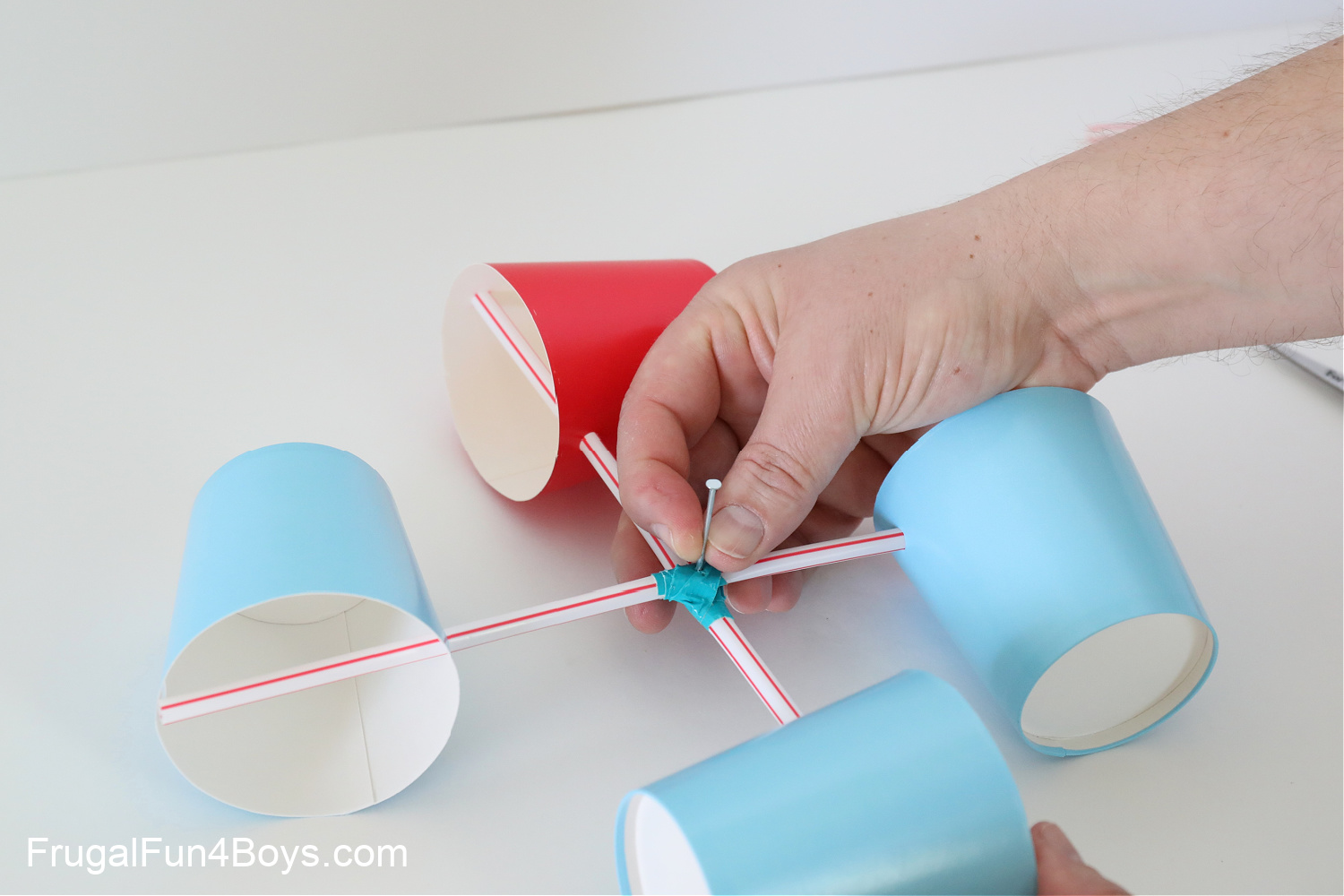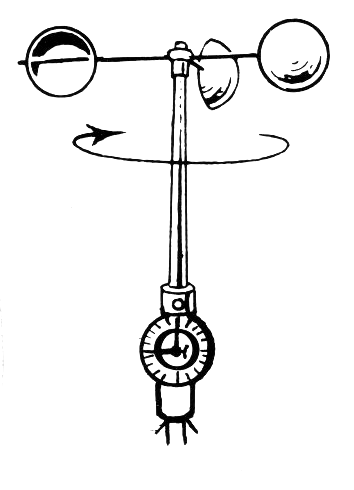Comparing Digital and Mechanical Anemometers: Which is Right for You?
Comparing Digital and Mechanical Anemometers: Which is Right for You?
Blog Article
Anemometers Revealed: Comprehending Their Relevance in Environmental Tracking and Precaution
The function of anemometers in ecological tracking and safety measures is often underestimated, yet their relevance is obvious. From weather forecasting to aviation security, anemometers play a vital function in offering exact data that educates decision-making procedures and improves total safety.
Background of Anemometers
The advancement of anemometers can be traced back to the old human beings where primary wind measuring gadgets were very first utilized. One of the earliest known anemometers was the hemispherical mug anemometer developed by Leon Battista Alberti in the 15th century.
Over the years, innovations in innovation led to the development of even more modern anemometers, consisting of ultrasonic anemometers and laser Doppler anemometers, providing boosted accuracy and performance in gauging wind speed and direction. The history of anemometers showcases an amazing journey of innovation and progress in the area of weather forecasting.
Kinds of Anemometers
Throughout the area of weather forecasting, numerous kinds of anemometers have been developed to precisely determine wind rate and instructions. One of the most typical type is the cup anemometer, which contains three or four mugs installed on straight arms that turn with the wind. As the cups rotate, the speed at which they revolve is directly symmetrical to the wind speed. One more extensively made use of kind is the vane anemometer, which includes a tail or fin that straightens itself with the wind direction. This alignment allows the device to determine the wind direction. Sonic anemometers utilize ultrasonic signals to determine wind speed and instructions properly. They are generally utilized in research study applications because of their high precision. Hot-wire anemometers operate based upon the concept that the cooling result of wind on a warmed wire is symmetrical to the wind rate. These anemometers appropriate for measuring reduced wind speeds with high precision. Each type of anemometer has its staminas and is selected based on the details needs of the tracking task available.
Applications in Weather Forecasting
Having actually discussed the numerous kinds of anemometers utilized in meteorology for measuring wind speed and instructions, it is vital to discover their sensible applications in the area. Anemometers play a crucial role in weather forecasting by giving precise and real-time information on wind problems (anemometer). Meteorologists use anemometers to check wind speed and instructions to anticipate weather patterns, concern warnings for serious weather occasions like hurricanes, storms, and twisters, and analyze weather for aeronautics safety and security
In weather forecasting, anemometers aid in recognizing local and regional wind patterns, which are vital for forecasting climate modifications and establishing climatic fads. These devices are likewise used in research to examine microclimates, metropolitan warmth islands, and air pollution diffusion. In addition, anemometers are utilized in agriculture to enhance plant administration methods, such as irrigation and chemical application, based upon wind problems.
Value in Air Travel Safety
An indispensable facet of making sure aeronautics security exists in the precise monitoring of wind conditions making use of anemometers. Anemometers play an essential role in aeronautics by giving real-time information on wind speed and direction, aiding pilots in making informed choices throughout trip, landing, and take-off. Strong and uncertain winds can significantly influence airplane procedures, making it crucial for air travel authorities to rely on precise wind dimensions to ensure the security of travelers and team.

In the dynamic environment of air travel, where even minor adjustments in wind rate and instructions can have profound impacts, anemometers stand as essential devices original site for promoting safe and safe and secure flight.
Role in Environmental Research
Just how do anemometers add to innovations in ecological research study? Anemometers play an important function in ecological research study by giving vital information on wind rate and direction. This details is important for understanding different atmospheric processes, such as air pollution diffusion, climate patterns, and environment change. By accurately gauging wind attributes, anemometers aid scientists assess the movement of contaminants in the air, evaluate the influence of commercial exhausts, and predict the spread of contaminants in the atmosphere.


Verdict
In final thought, anemometers have actually played an important function in ecological surveillance and safety actions. Comprehending the relevance of anemometers is necessary for properly determining wind rate and instructions, which is important for anticipating weather condition patterns, making certain risk-free air travel procedures, and carrying out ecological studies.
One of the earliest well-known anemometers was the hemispherical mug anemometer invented by Leon Battista Alberti in the 15th century. Over the years, innovations in modern technology led to the growth of even more contemporary anemometers, consisting of ultrasonic anemometers and laser Doppler anemometers, offering increased accuracy and performance in determining wind rate and direction. Hot-wire anemometers operate based on the concept that the cooling result of wind on a warmed cord is proportional to the wind rate. Meteorologists utilize anemometers to keep an eye on wind rate and instructions to forecast weather patterns, problem cautions for severe weather condition events like hurricanes, typhoons, and storms, and analyze atmospheric conditions for aeronautics security.
Comprehending the significance of read this post here anemometers is crucial for accurately gauging wind rate and instructions, which is essential for predicting weather patterns, guaranteeing safe air travel procedures, and performing ecological research studies. (anemometer)
Report this page